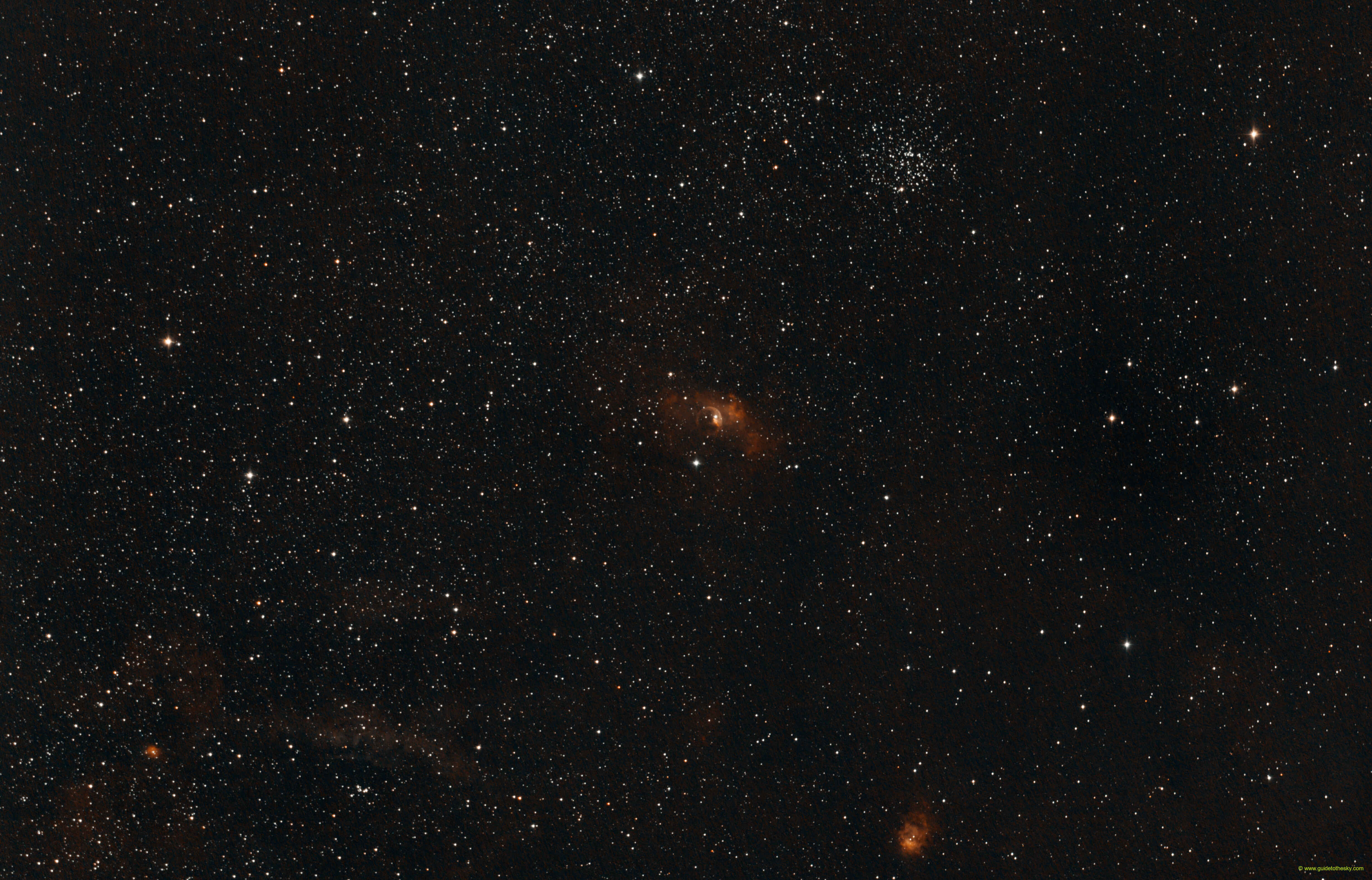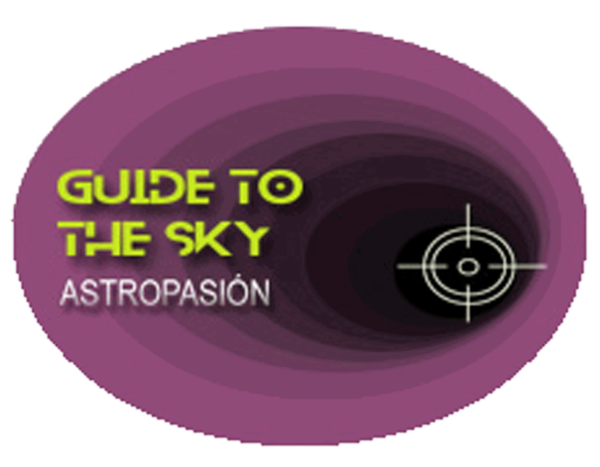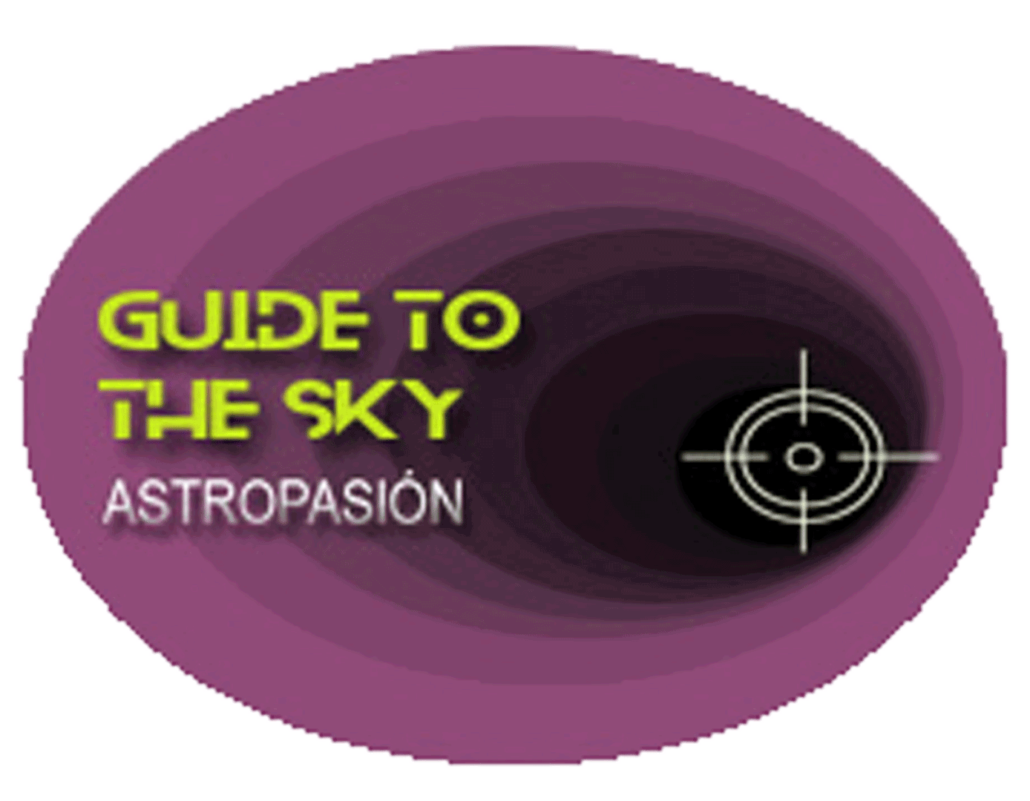NGC 7635 - Cepheus

Dista {{object[0].NGC7635.mesDistances[0].dist }} {{ object[0].NGC7635.mesDistances[0].unit }} de nosotros.
Visualmente, la Nebulosa de la Burbuja se encuentra a menos de 30' al SW del poderoso cúmulo M52, justo en el límite entre las constelaciones de Cepheus y Cassiopeia. Su forma de burbuja se debe a los vientos estelares causados por una estrella de la Wolf-Rayet 8ª o 9ª magnitud contenida en su interior. Como podemos apreciar en las fotografías, la nebulosa en sí es mucho más extensa, unos 25' y la burbuja es solo una pequeña parte de ella, aproximadamente unos 4' de arco.
La burbuja parece "descentrada" de la estrella que la produce, se cree que ello es debido a que la burbuja en sí se expande dentro de una nebulosa más densa en su parte norte, por ello, se expande con menor velocidad hacia esa dirección. De hecho, vemos la burbuja más densa precisamente en ese lado que en el lado sur.
Recordemos que estamos mirando en una dirección contenida al plano galáctico, por lo que podemos encontrar a NGC7635 en medio de un rico fondo estelar. Si disponemos de amplio campo, es posible que podamos fotografiar a la nebulosa de la burbuja junto otras estructuras nebulares, como NGC 7538, situada a poco más de 1º y que tiene suficiente entidad para una sección a parte.
Como curiosidad y solo como valor aproximado, a tal distancia podemos considerar que, aproximadamente, la burbuja mide unos 1.2pc de diámetro, unos 3.9 Años luz. Casi la distancia que nos separa de la alpha-Centauris.
NGC7635 - Nebulosa de la Burbuja - en la IA
NGC 7635, also known as the Bubble Nebula, is a spectacular emission nebula located in the constellation Cassiopeia, approximately 7,100 to 11,000 light-years away from Earth. It's a favorite target for astrophotographers and professional astronomers alike due to its striking appearance.
Here's a summary of its key features:
-
Appearance: As the name suggests, it resembles a giant bubble. This bubble is created by the powerful stellar wind of a massive, hot, young star (SAO 20575) located within the nebula.
-
Formation: The central star, SAO 20575, is about 44 times the mass of the Sun and is extremely luminous, emitting intense radiation and a fast stellar wind. This wind sweeps up surrounding interstellar gas and dust, creating the expanding bubble. The surrounding dense molecular cloud resists the expansion in certain areas, creating the complex and irregular shapes we observe.
-
Composition: The nebula is composed primarily of ionized hydrogen, oxygen, and other gases, which emit light at specific wavelengths when excited by the star's radiation. These emissions give the nebula its vibrant colors in images, especially in narrowband filters.
-
Location: It's situated in the Perseus Arm of the Milky Way galaxy, in the constellation Cassiopeia.
-
Discovery: It was discovered by William Herschel in 1787.
-
Significance: Studying the Bubble Nebula helps astronomers understand the interaction between massive stars and their surrounding interstellar medium, as well as the processes of star formation and the evolution of nebulae.
If you're interested in seeing images of NGC 7635, a quick search on the internet using terms like "NGC 7635 images" or "Bubble Nebula images" will yield many results from telescopes like Hubble, the James Webb Space Telescope, and ground-based observatories. Each provides a unique perspective on this fascinating object.
Más información sobre NGC 7635 en NASA/IPAC.
Mapa alrededor de NGC 7635
Otros identificadores de NGC7635:
"[ABB2014] WISE G112.212+00.229","LBN 548" ,"NGC 7635" ,"SH 2-162" ,"[KC97c] G112.2+00.2b" ,"[L89b] 112.237+00.226" ,"GRS G112.22 +00.22" ,"NAME Bubble Nebula" ,

